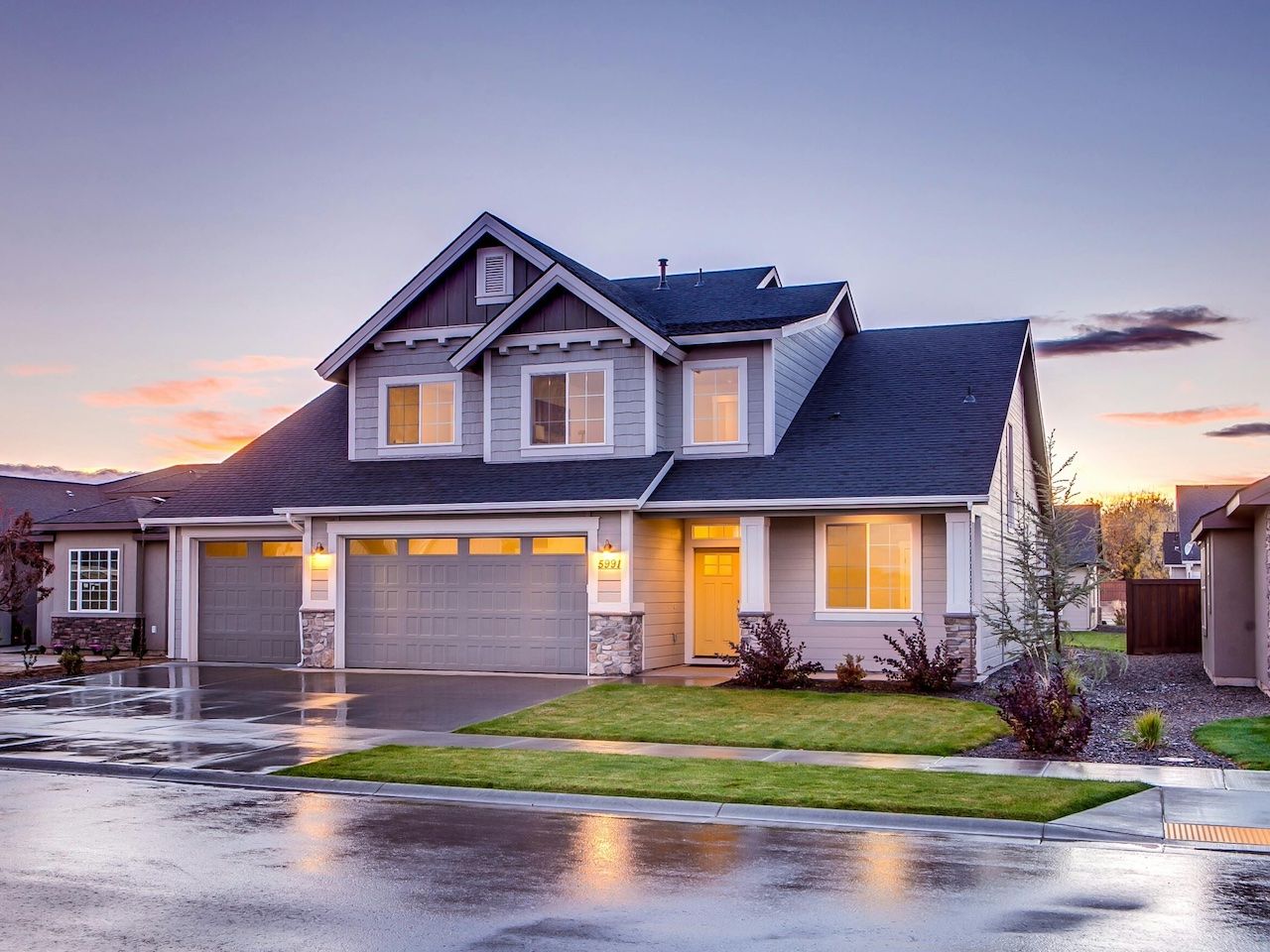Proper Roofing Ventilation – Why It Matters and How to Achieve It
When it comes to roofing, most homeowners focus on materials, durability, and aesthetics. However, one crucial aspect that often gets overlooked is ventilation. Proper ventilation plays a significant role in maintaining the health and longevity of your roof. In this article, we’ll delve into why ventilation matters and explore how you can achieve it effectively.
3 Key Reasons Why Ventilation Matters
Temperature Regulation – Proper ventilation helps regulate the temperature in your attic space. During hot summer months, without adequate ventilation, heat can build up in the attic, leading to increased energy costs and potential damage to roofing materials. In colder seasons, ventilation prevents moisture buildup, which can cause mold, mildew, and wood rot.
Moisture Control – Moisture is one of the biggest enemies of any roofing system. Without proper ventilation, moisture from condensation or leaks can accumulate in the attic, leading to structural damage and compromising the integrity of the roof. Proper ventilation allows moisture to escape, keeping the attic dry and preventing mold and rot.
Extending Roof Lifespan – A well-ventilated roof lasts longer. By reducing heat buildup and moisture accumulation, ventilation helps prevent premature aging of roofing materials. This means fewer repairs and replacements over the lifespan of your roof, saving you time and money in the long run.
Ways To Achieve Effective Roofing Ventilation
Ridge Vents – Ridge vents are installed along the peak of the roof and allow hot air to escape from the attic. They work in conjunction with soffit vents to create a continuous airflow through the attic space. Ridge vents are low-profile and blend seamlessly with the roofline, providing effective ventilation without compromising aesthetics.
Soffit Vents – Soffit vents are installed under the eaves of the roof and allow cool, fresh air to enter the attic. They work in tandem with ridge vents to create a balanced airflow system. Soffit vents come in various styles, including perforated panels and continuous strips, and can be customized to suit your home’s architectural design.
Gable Vents – Gable vents are installed on the gable ends of the roof and help facilitate airflow in the attic. While they may not provide as effective ventilation as ridge and soffit vents, they can still contribute to overall airflow and help prevent hot spots in the attic.
Attic Fans – Attic fans can be installed to supplement natural ventilation and further enhance airflow in the attic. These fans are typically installed on the roof or in the gable and help exhaust hot air from the attic space. However, it’s essential to ensure that attic fans are properly sized and installed to avoid negative pressure and other ventilation issues.
Contact ACE Construction & Remodeling, The Roofing Experts In Indiana
It’s clear that proper ventilation is a critical aspect of roofing that should not be overlooked. By regulating temperature, controlling moisture, and extending the lifespan of your roof, ventilation plays a crucial role in maintaining a healthy and functional roofing system. Whether you’re building a new home or renovating an existing one, be sure to prioritize ventilation to ensure the longevity and performance of your roof for years to come.
If you’re in need of a roof repair or are considering replacing your roof reach out to ACE Construction & Remodeling. Our experienced team specializes in roofing installation, repair, and ventilation solutions. With our expertise and dedication to quality, we’ll ensure that your roof receives the proper ventilation it needs to thrive. Contact us today to schedule a free roofing consultation and take the first step towards a healthier, longer-lasting roof.





